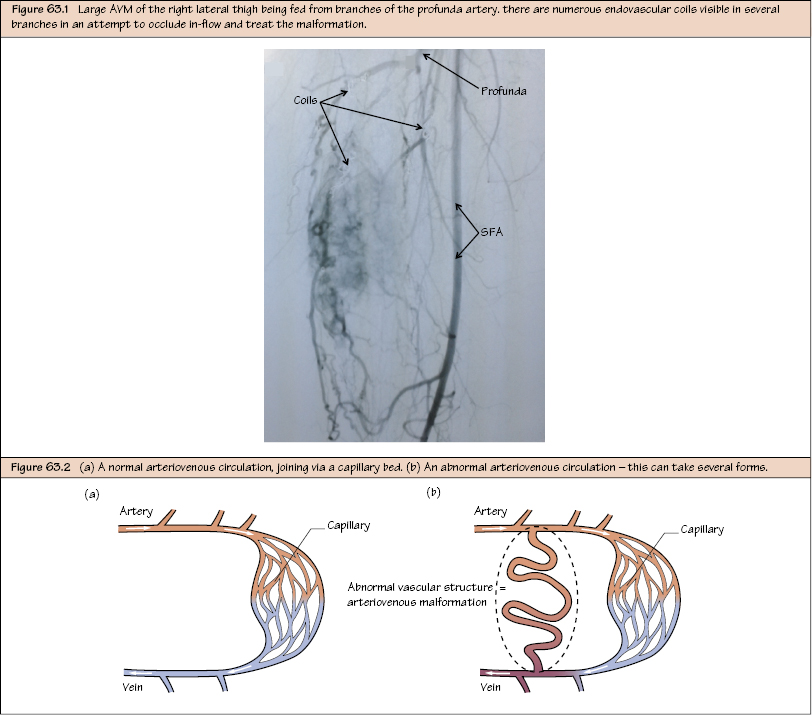Congenital Vascular Malformations While congenital vascular malformations (CVM) are a considerable cause of morbidity in some patients, they have historically been poorly described and explained with considerable confusion among clinicians. Originally lesions were named according to the size of the lumen of the channels in the CVM, which gave rise to names such as: capillary haemangioma, strawberry haemangioma and cavernous haemangioma for blood-containing lesions, and lymphangiomas or cystic hygroma for lymphatic lesions. However, much has since been learnt about CVMs and, while these terms are still in common use, a more scientific approach is now considered more appropriate. The classification system currently in use is the Mulliken and Glowacki Classification, which divides all lesions simply into two types: Haemangiomas tend to appear after birth, often grow quite rapidly and then usually regress. In contrast, CVMs are present at birth and grow with the child as they grow. In order to prognosticate and guide treatment, it is important to distinguish between these two at an early stage, because they behave differently. These are true, benign tumours of the endothelial cells. They often have a characteristic strawberry appearance when cutaneous. They can affect anywhere but particularly the head and neck. They may be warm and pulsatile. There are two main types: infantile and congenital

Haemangiomas
![]()
Stay updated, free articles. Join our Telegram channel

Full access? Get Clinical Tree


